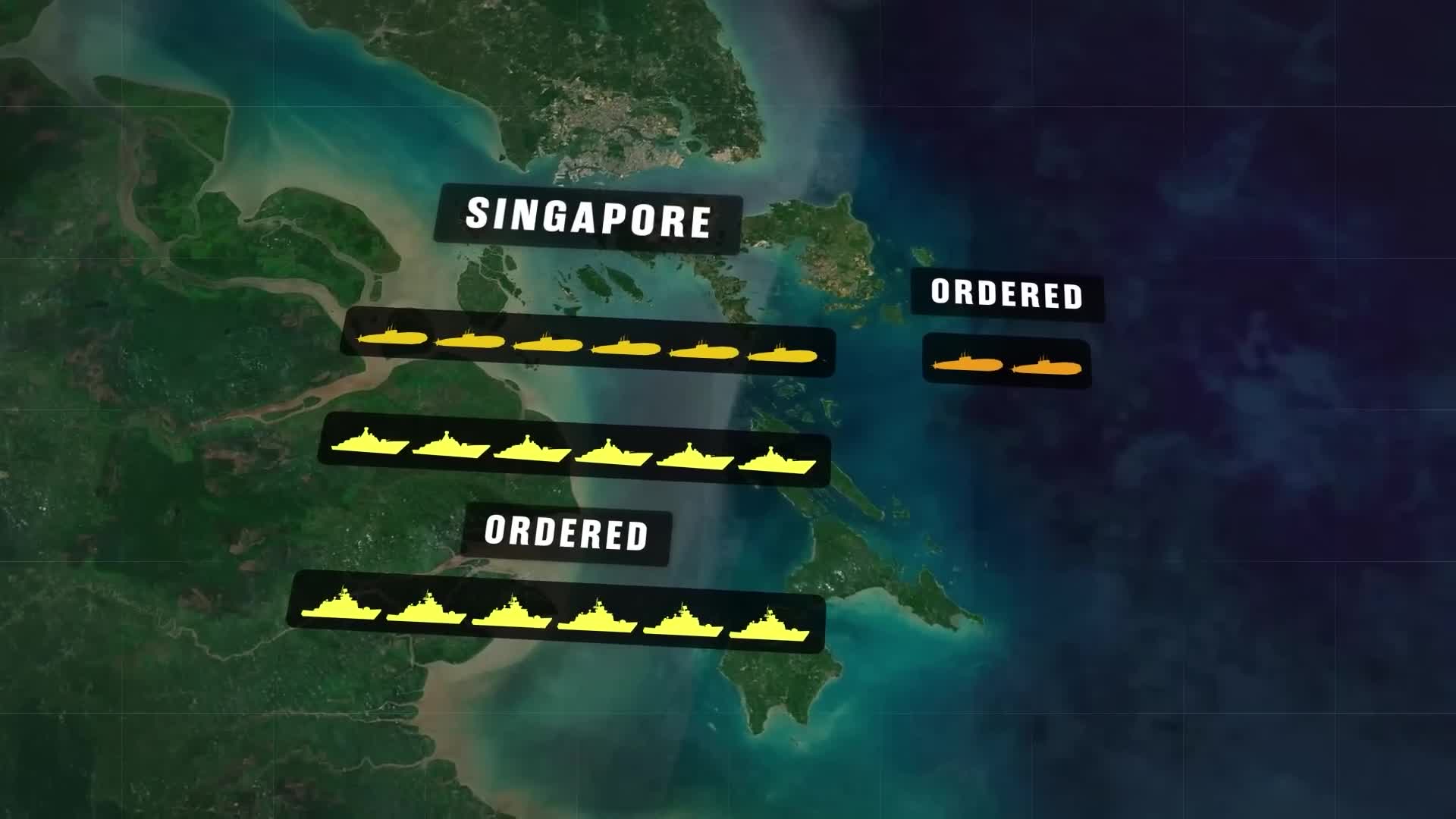Weapons Systems
What are the three key requirements for a missile to qualify as hypersonic?
To qualify as hypersonic, a missile must possess three key characteristics: speed, maneuverability, and accuracy. For speed, hypersonic missiles travel at Mach 5 (five times the speed of sound) or above—potentially reaching 19,000 miles per hour. This allows them to cross vast distances quickly, such as from the US to China in just 18 minutes. Hypersonic missiles also require sophisticated propulsion systems. Some use scramjet engines that collect oxygen from the atmosphere and mix it with hydrogen fuel to create combustion at extreme velocities. Others, like the Chinese Dong Feng 17, are glide vehicles that can change trajectory mid-flight, providing the crucial maneuverability needed to evade defense systems and accurately strike targets like aircraft carriers.
Watch clip answer (04:04m)Why is there growing discussion about lethal autonomous weapon systems (LAWS)?
The discussion around lethal autonomous weapon systems (LAWS) is expanding because technological advancements have made them increasingly practical. Recent decades have seen dramatic improvements in computing power and sensor systems that are now compact and affordable enough for military applications. As the speaker notes, GPU performance per dollar has doubled roughly every 2.5 years between 2006 and 2021. These technological developments enable systems that can perceive, analyze, and make decisions with minimal human intervention. While many current autonomous systems still require human operators for lethal decision-making, the capability exists to create fully autonomous systems where machines select and engage targets independently. This technological reality, combined with the economic and tactical advantages of systems that 'don't complain, don't eat, don't need training,' is driving increased military interest in and development of LAWS.
Watch clip answer (04:33m)What is the Harpy loitering munition and how does it function?
The Harpy is an anti-radiation autonomous weapon system designed to target enemy air defense systems. It operates by being loaded with the signatures of opponent systems and given a basic mission plan and area of operation. Once launched, it patrols autonomously until it identifies the radar signatures of opposing air defense systems, at which point it engages the target with its explosive payload. According to IAI's website, the Harpy is fully autonomous and effective in SEAD (Suppression of Enemy Air Defenses) missions from both land and naval platforms. This type of autonomous system helps minimize civilian casualties as it specifically targets military radar emissions.
Watch clip answer (01:40m)What are the key features and design elements of India's Tejas Fighter Jet?
The Tejas fighter jet features a lightweight yet robust design with 45% of its airframe made from advanced materials including carbon fiber reinforced polymer and grade 5 titanium alloys. It incorporates stealth features through radar-absorbing indium oxide coating and has a modular design allowing engine flexibility. The aircraft boasts impressive capabilities including a 6,500kg payload capacity, 3500km range, and advanced avionics such as an integrated infrared search and track system. Its digital fly-by-wire controls include disorientation recovery for enhanced safety. The Tejas also features a sophisticated radar system capable of tracking 50 aircraft at 150km and engaging four simultaneously, all while maintaining remarkable cost-effectiveness at under $45 million.
Watch clip answer (05:08m)Is the Aegis Ashore defense system a game changer for Europe?
The Aegis Ashore is indeed considered a game changer for European security because adversaries must contend with its existence. This sophisticated ballistic missile defense system operates 24/7 with an American crew and contains eight interceptor missiles at each launch site, ready to be fired into orbit to neutralize ballistic missile threats. Eastern European nations, including Poland and the Baltic states, are responding by significantly increasing their defense spending, with an ambitious target of allocating 5% of their GDP to defense. This system represents a critical component of NATO's enhanced military capabilities amid growing security concerns in the region.
Watch clip answer (00:49m)Why is Singapore considered the most heavily militarized country in the world despite its small size?
Despite being Southeast Asia's smallest country by territory, Singapore controls the most capable and well-funded armed forces in the region. It is often regarded as the most heavily militarized country in the world today, possessing more soldiers, tanks, aircraft, and warships per square kilometer than any other nation globally. This concentration of military assets has earned Singapore recognition as the most overpowered country in Asia and possibly the entire world. The nation's exceptional military density further reinforces its strategic position as a leading power despite its geographical limitations.
Watch clip answer (00:28m)




